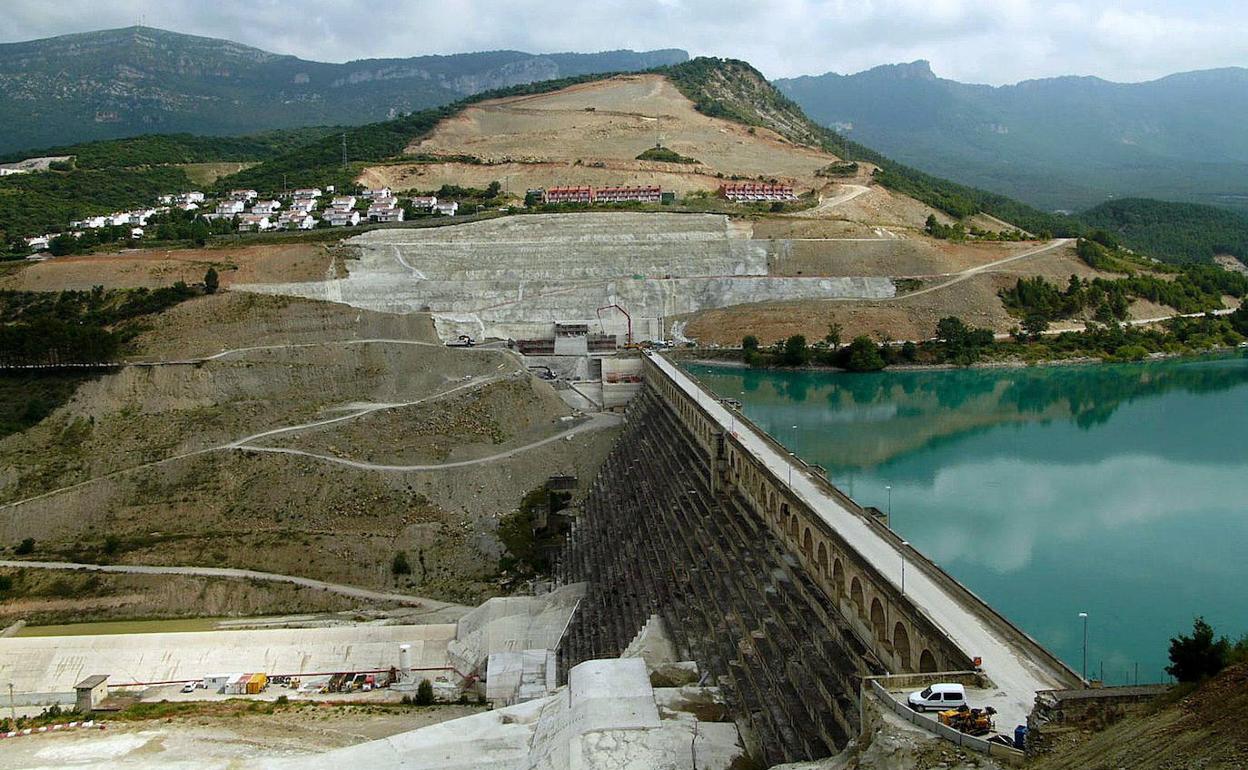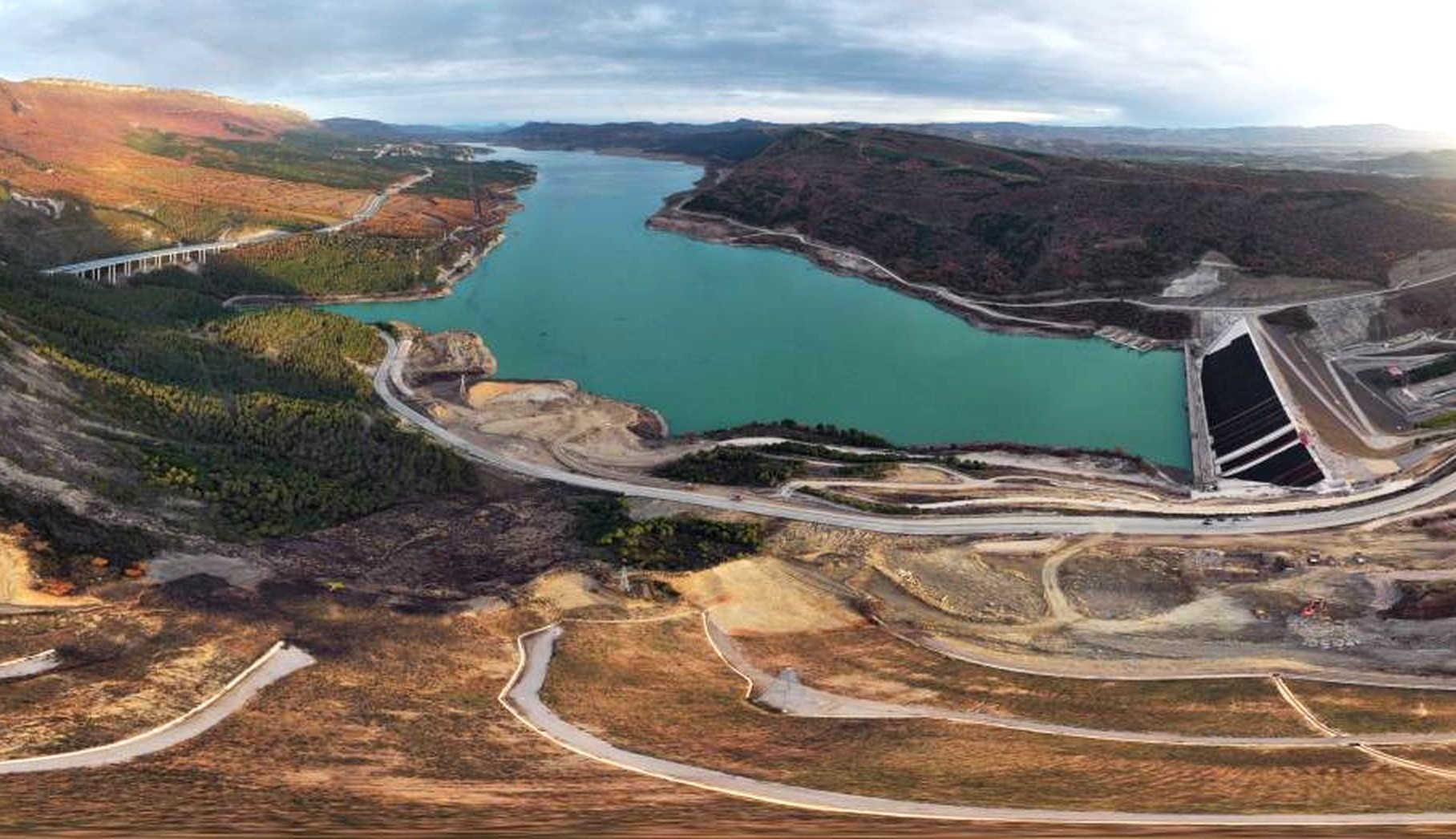47 million euros more was "safe" to guarantee the safety of the Esa reservoir
- The President of the Ebro Hydrographic Confederation (CHE) made the announcement at the beginning of the week: The fourth adaptation of the works for the expansion of the Esa reservoir will be launched this year and 47 million euros will be spent to stabilize the right side of the reservoir.

Work on the expansion of the Esa reservoir began in 2001 and was expected to be completed by 2006. However, they are not yet finished. The current official end date is 2027, but with the new announcement it has been announced that these stabilization works will take 36 months.
In addition, the fourth adaptation also affects the overflows of the reservoir – the channels through which water is extracted in times of heavy rains – and, in total, foresees a final period of four and a half years, which means that the works will hardly be finished before 2030.
Instability of the Magals
The delay in the works is mainly due to the instability of the right and left slopes. In 2006 and 2007 there were large landslides on the left side of the reservoir. In 2012 and 2013, the slides were on the right lap of the dam. The latter forced the demolition of the El Mirador de Yesa and Tranquility urbanizations (104 homes) that were built in the first decade of 2000, and CHE had to pay compensation of 160 million euros.
All these movements have led to four adaptations of the initial works and the 47 million now announced are placed in the fourth. Work on the fourth arrangement began in 2016, but work on the fourth arrangement has not yet begun due to its prior approval by the Spanish State Council. Thus, the works in the reservoir have been stagnant since the summer of 2023, and the CHE has indicated that the works will resume this year.
Always safe, always safe
At the end of December 2024, the Ministry of Transition of the Spanish Government, in response to Mr. Bel Pozueta, deputy of the EH Encuentro, affirmed that “the reservoir would be filled” and that it was “a safe reservoir”. According to CHE it has been safe from the beginning, but the project is already in its fourth adaptation, each of them fixed to a security problem.
It was safe, but as a precaution, the two aforementioned urbanizations were demolished. It was safe, but as a precaution, the initial 1,500 Hm3 capacity was left at 1,079 Hm3 (currently at 460 Hm3). It was safe, but the studies commissioned by experts on the stability of the slopes have been constant, and in all of them the only thing that has been clear has been that the slopes move.
But to what extent and with what risks do they move? There are different readings of the subject, but now, just in case, another 47 million will go to the security of the right lap. CHE President Carlos Arrazola’s remarks on Monday also raise concerns about security so far: “The Hika has been great in this swamp and we don’t want to have any doubts about its safety.” The geologist Antonio Aretxabala is one of the studies mentioned a little earlier and his opinion is firm: “That lap is unstable and there is no stabilization.”
If you want to know more about the subject, you can refer to the extensive report we worked on last January:
The enlargement of the Esako reservoir: the ghost of the rupture is always there.





















